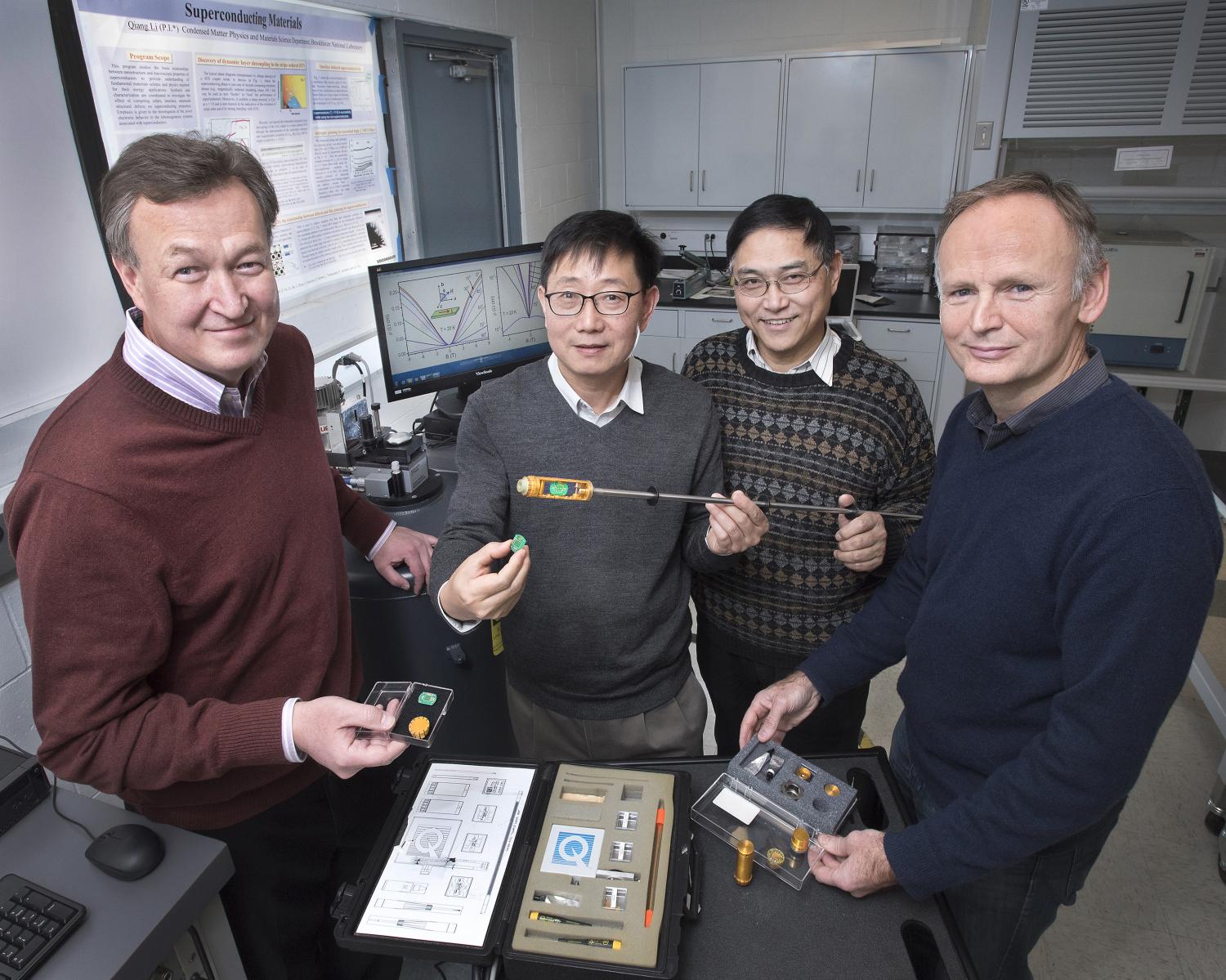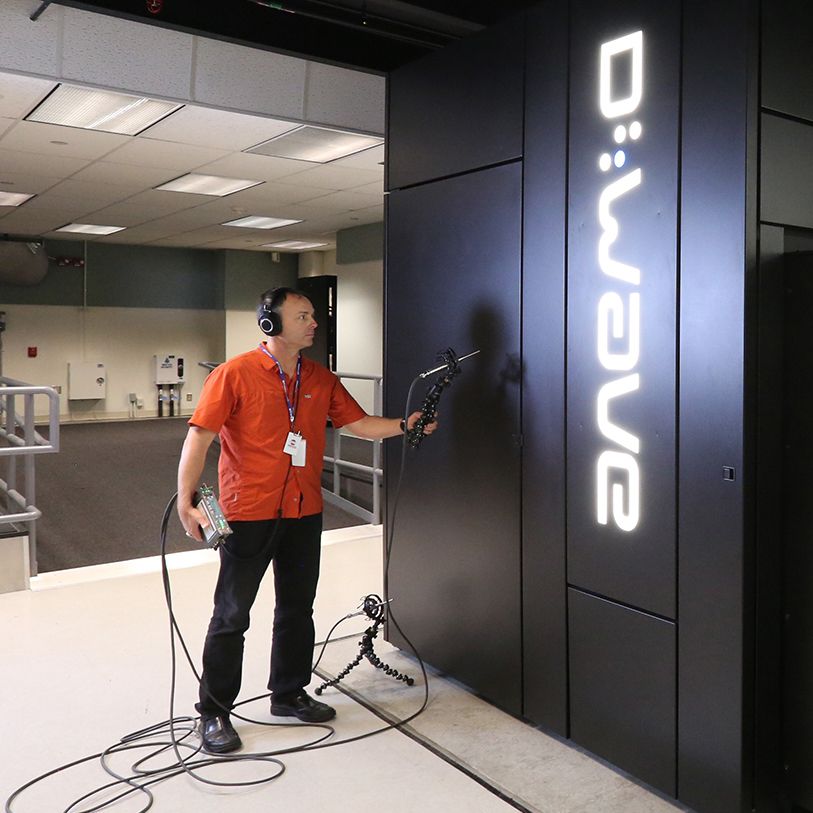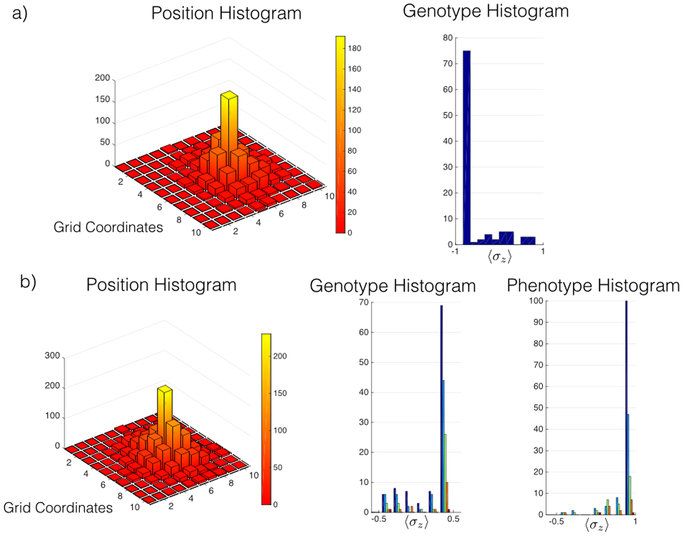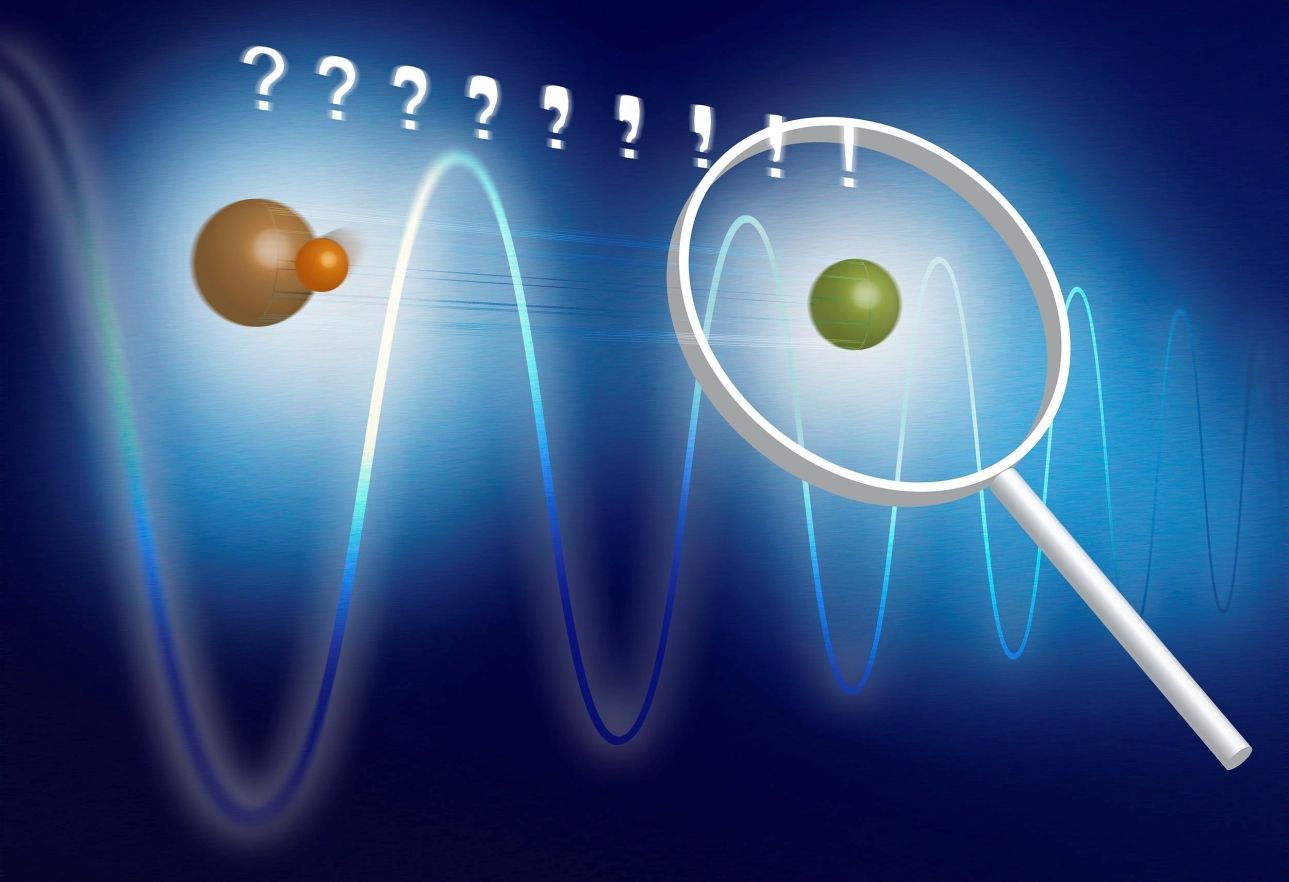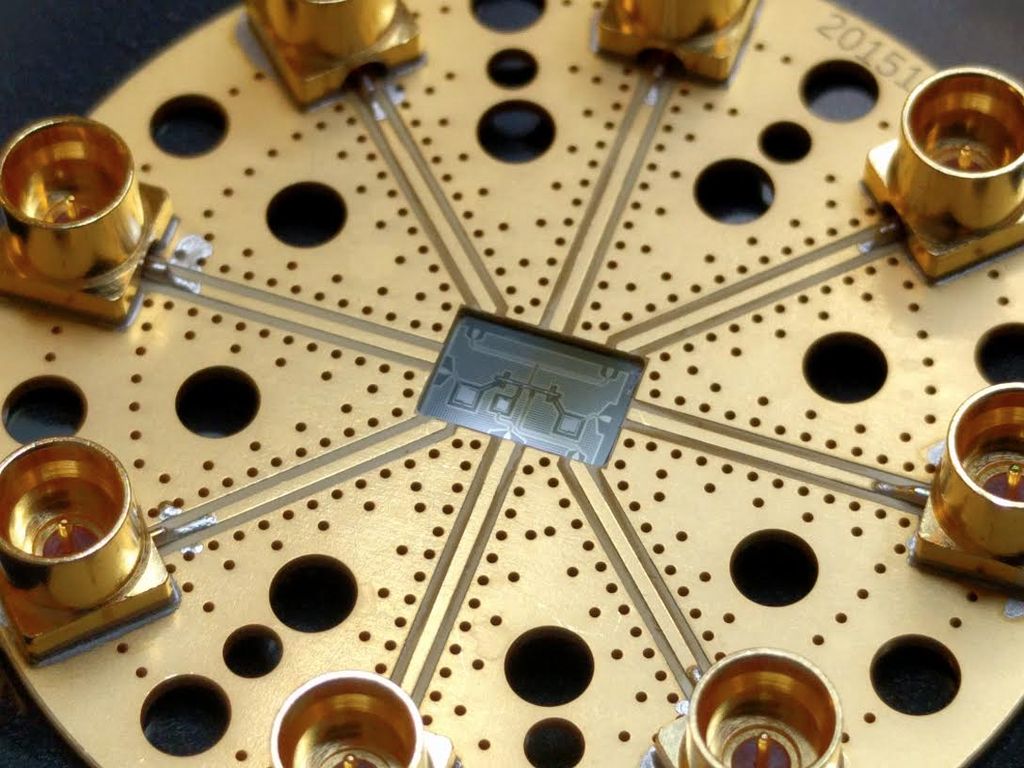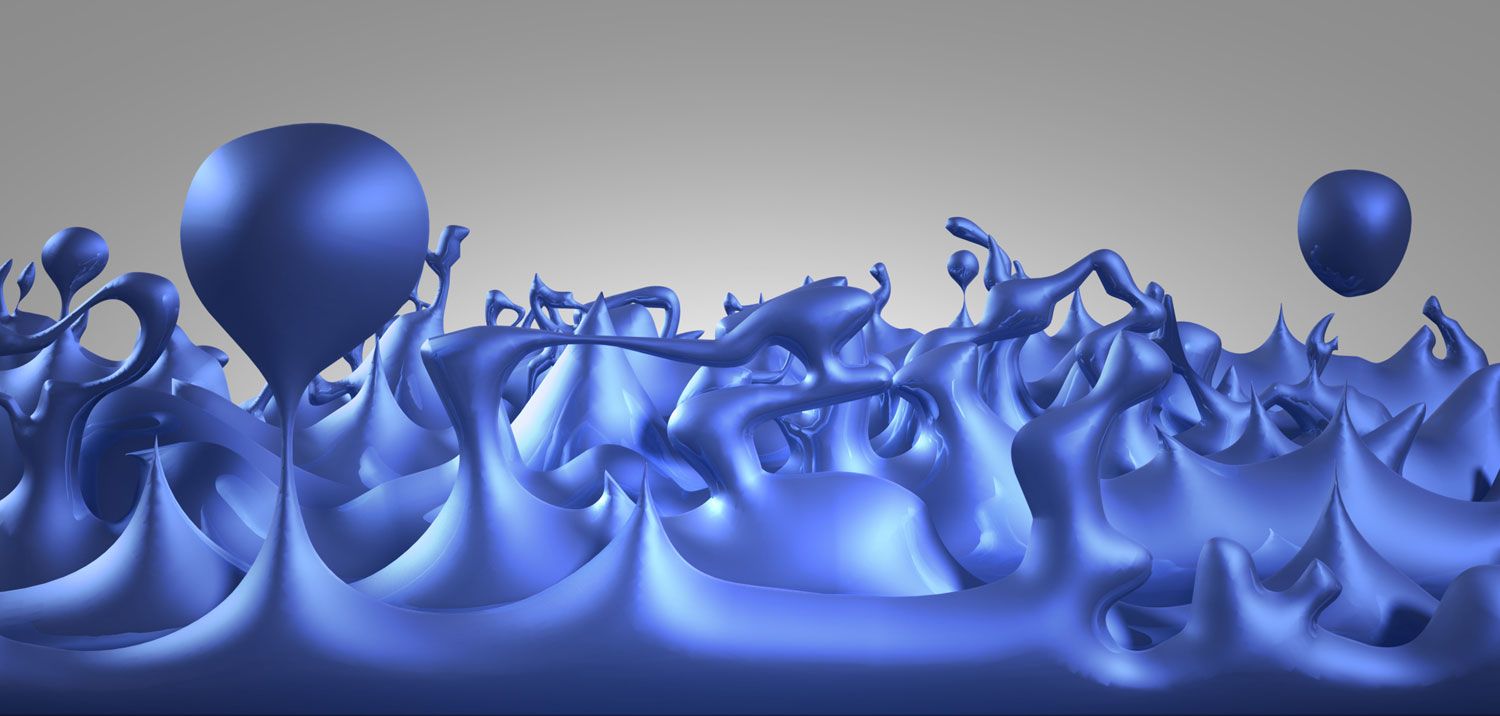We all have “Quantum Spark”.
For centuries philosophers have grappled with the question of what makes life, and thanks to the science of quantum mechanics we might just have the answer, writes Johnjoe McFadden.
What is life? Why is the stuff of life — flesh — so different from inanimate material? Does life obey the same laws as the inanimate world? And what happens when we die?
These questions have been pondered by philosophers, scientists and the rest of us for centuries. For most of human history the answer was that life was special. It was animated by some kind of spirit, soul or qui, a vital spark that was absent from the non-living. But, by the end of the 19th century, this theory, known as vitalism, was pretty much discredited by the discovery that living organisms are made from the same chemicals as the inanimate world — atoms and molecules of carbon, nitrogen, oxygen and so on.
Read more
